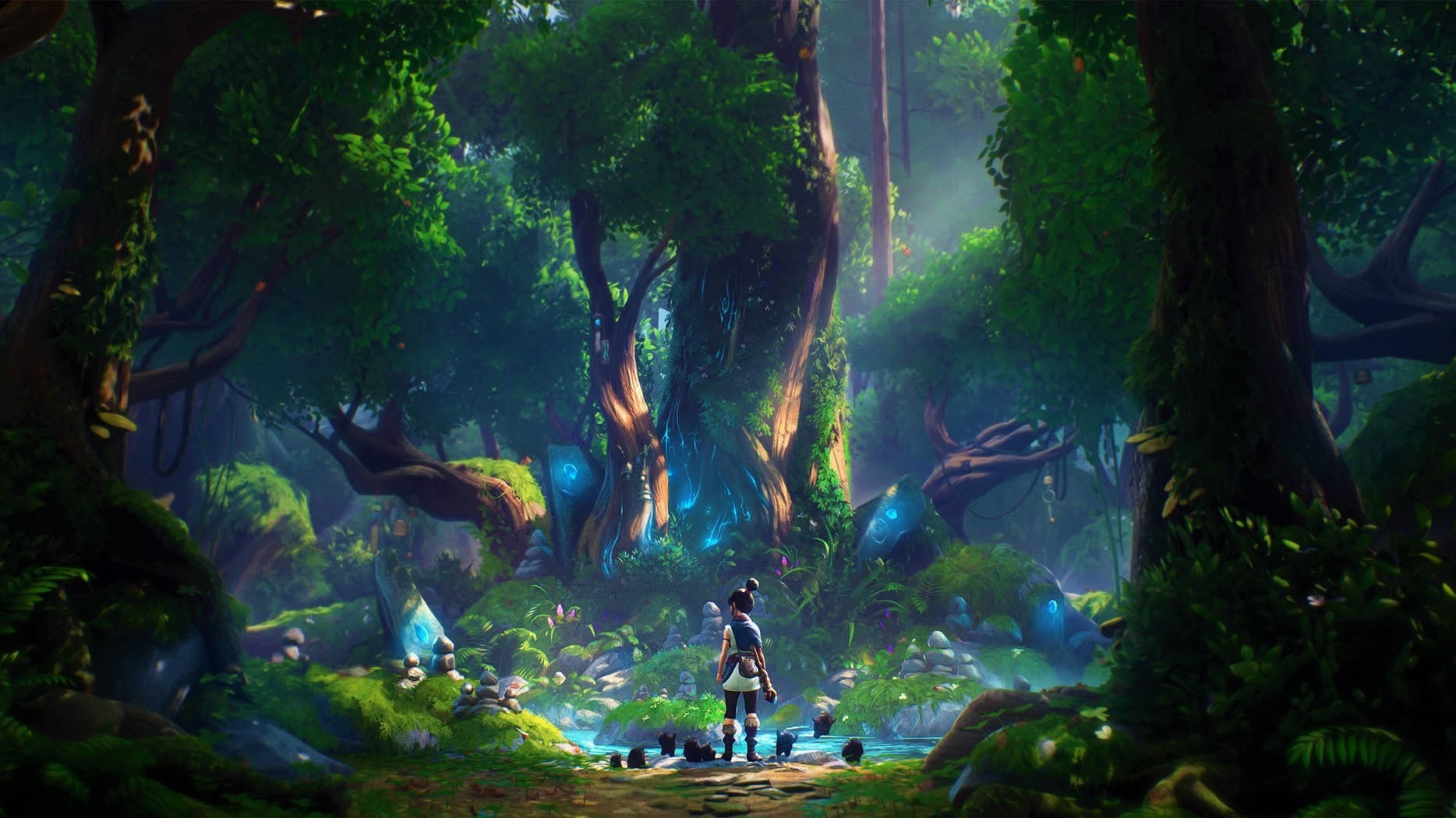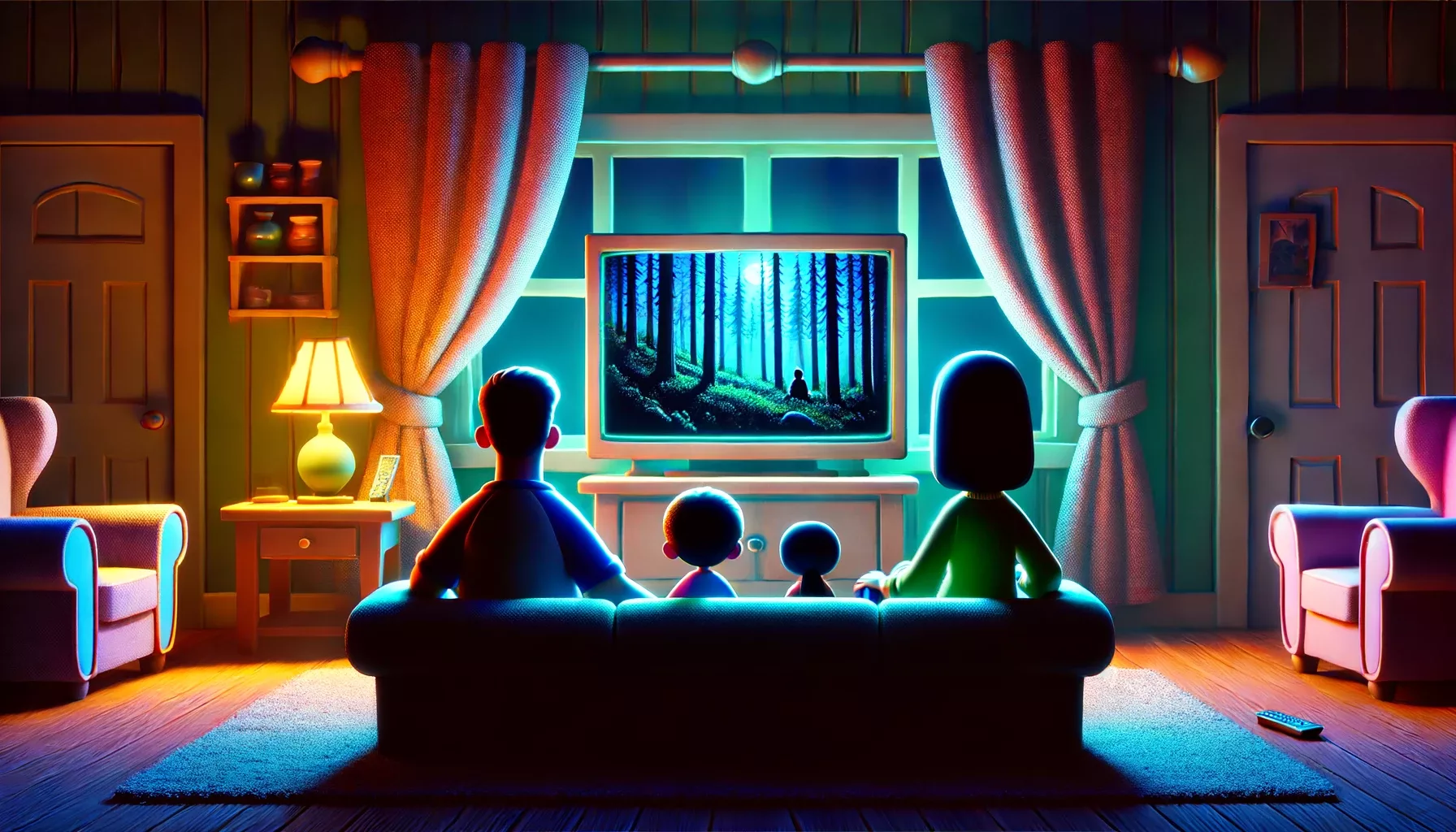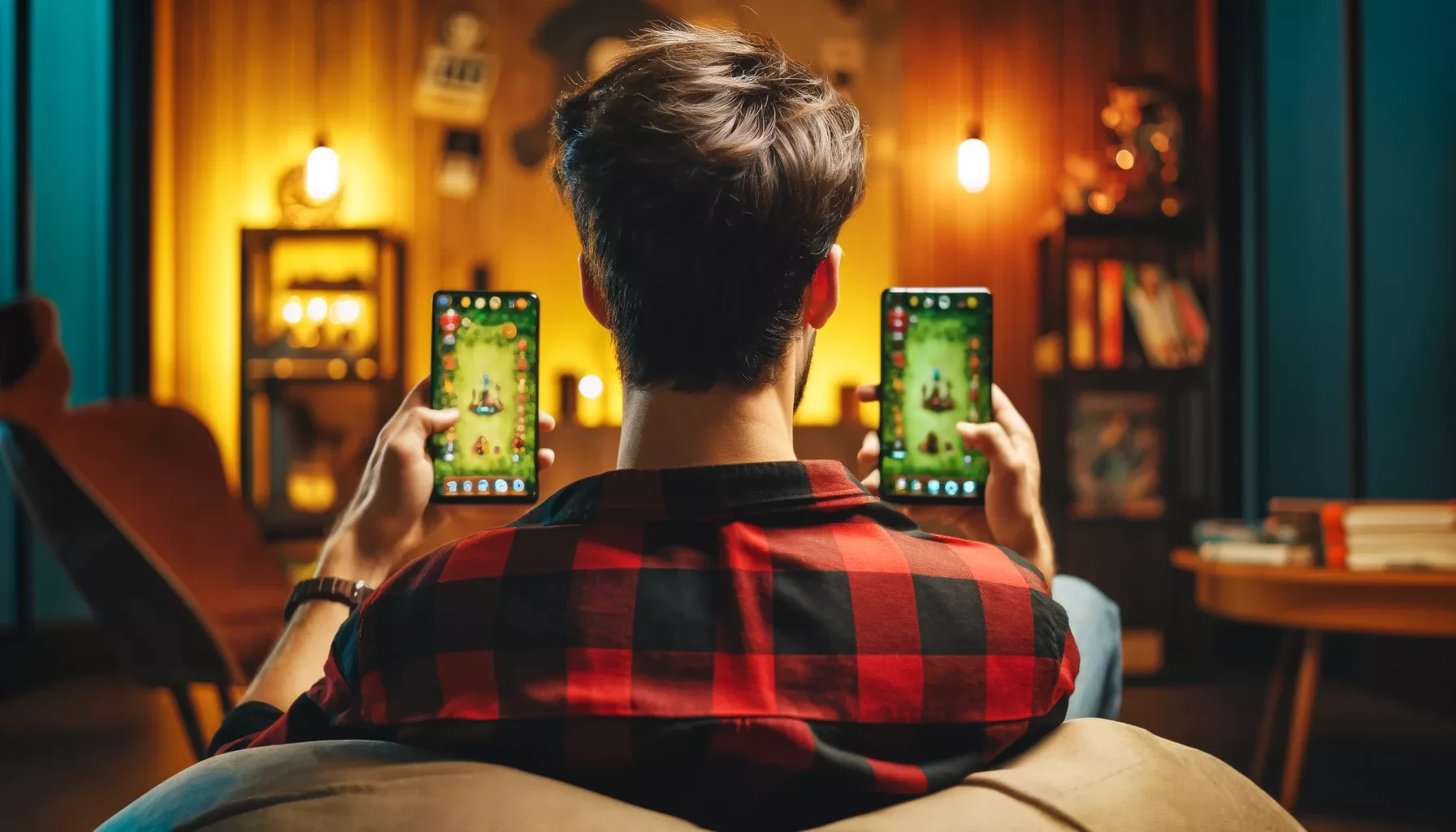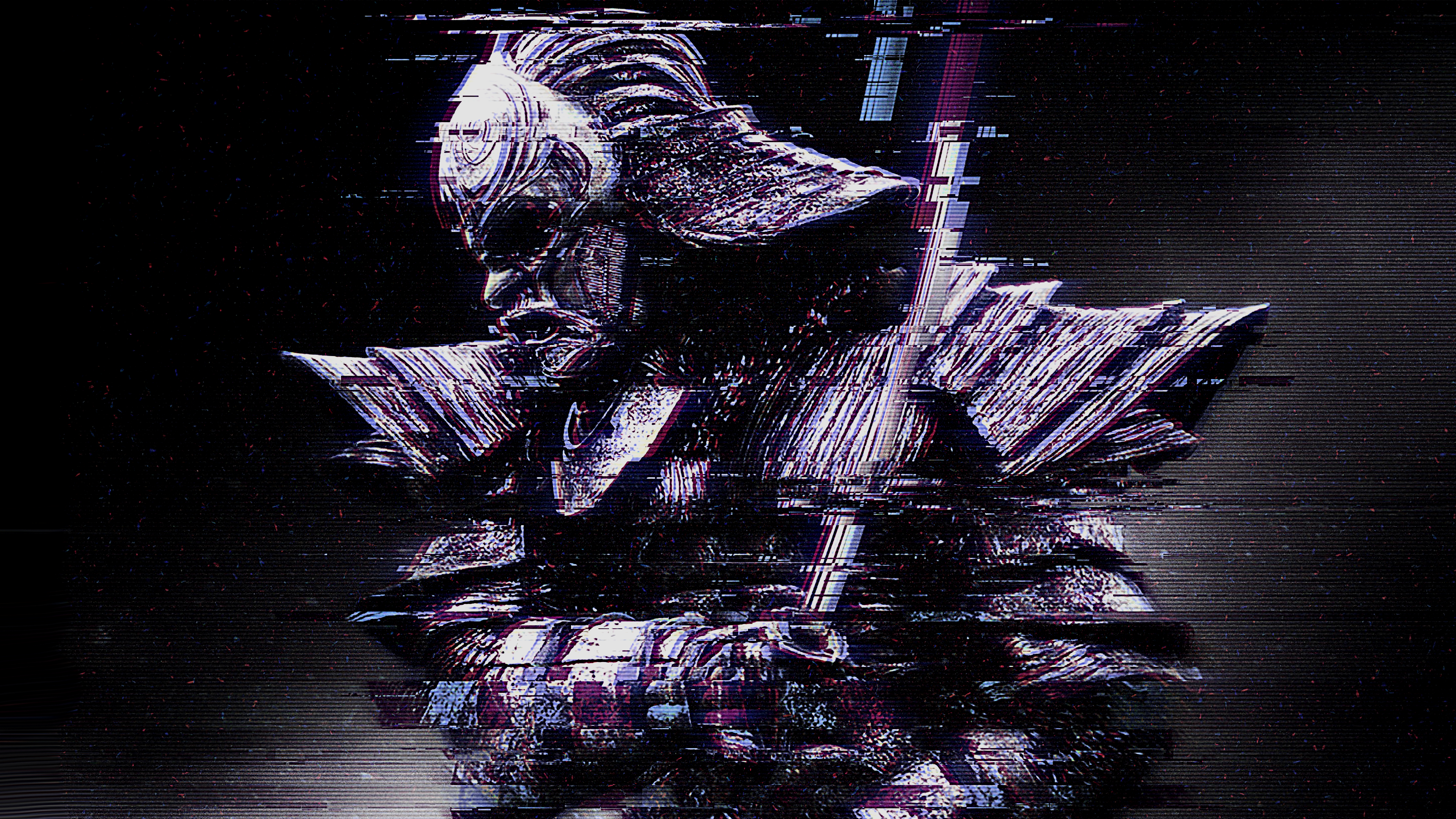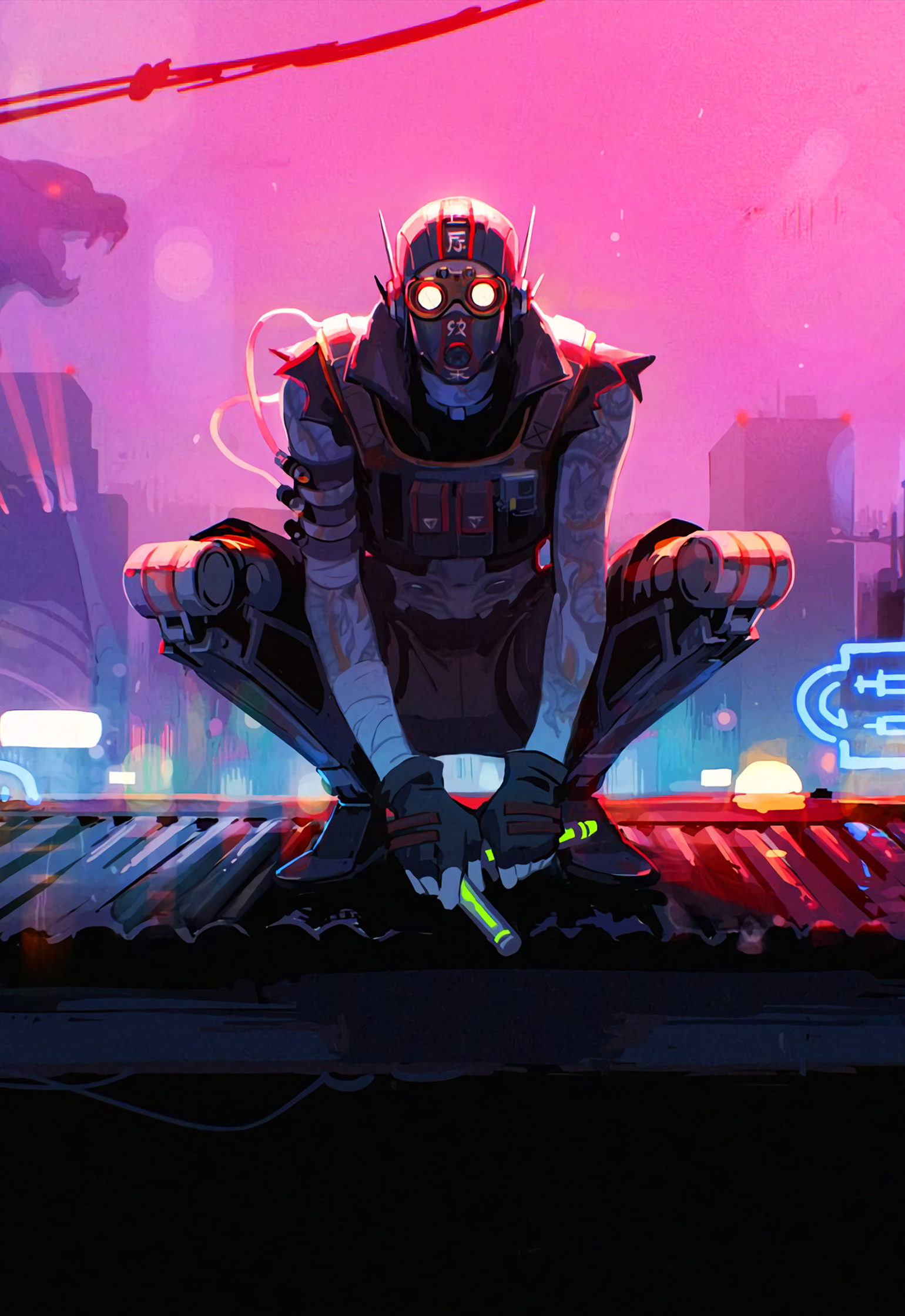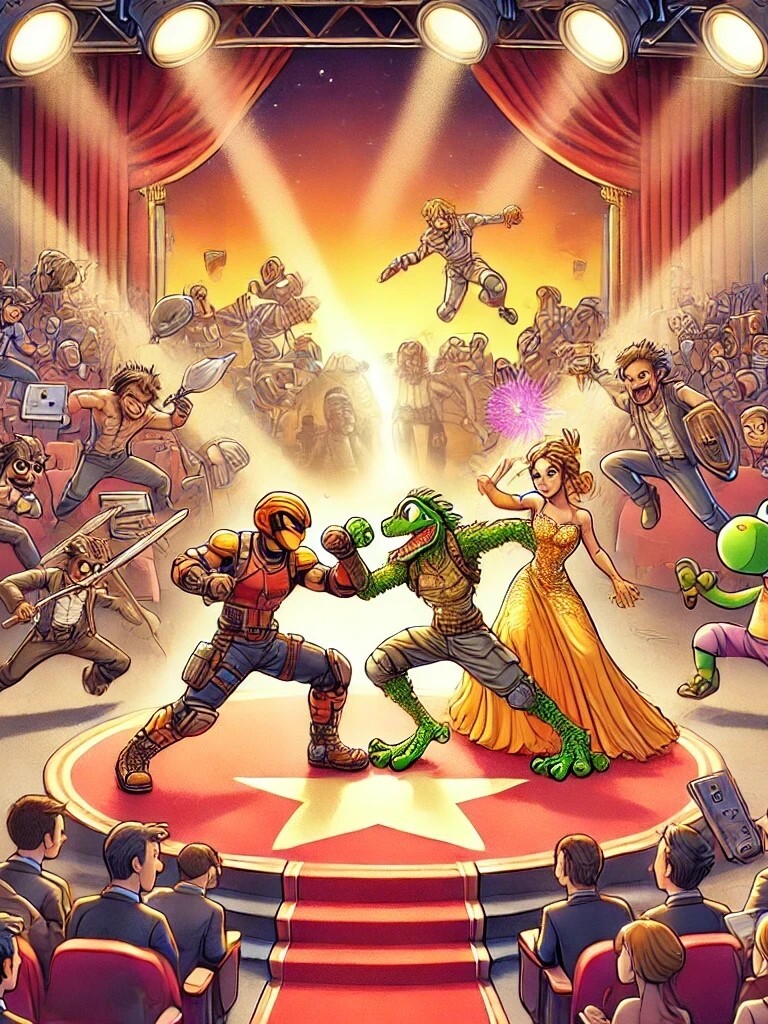Italian Brainrot memes are taking over the internet. But what’s behind the trend? In this article, we take a deep dive into the origins of the meme and why it works.
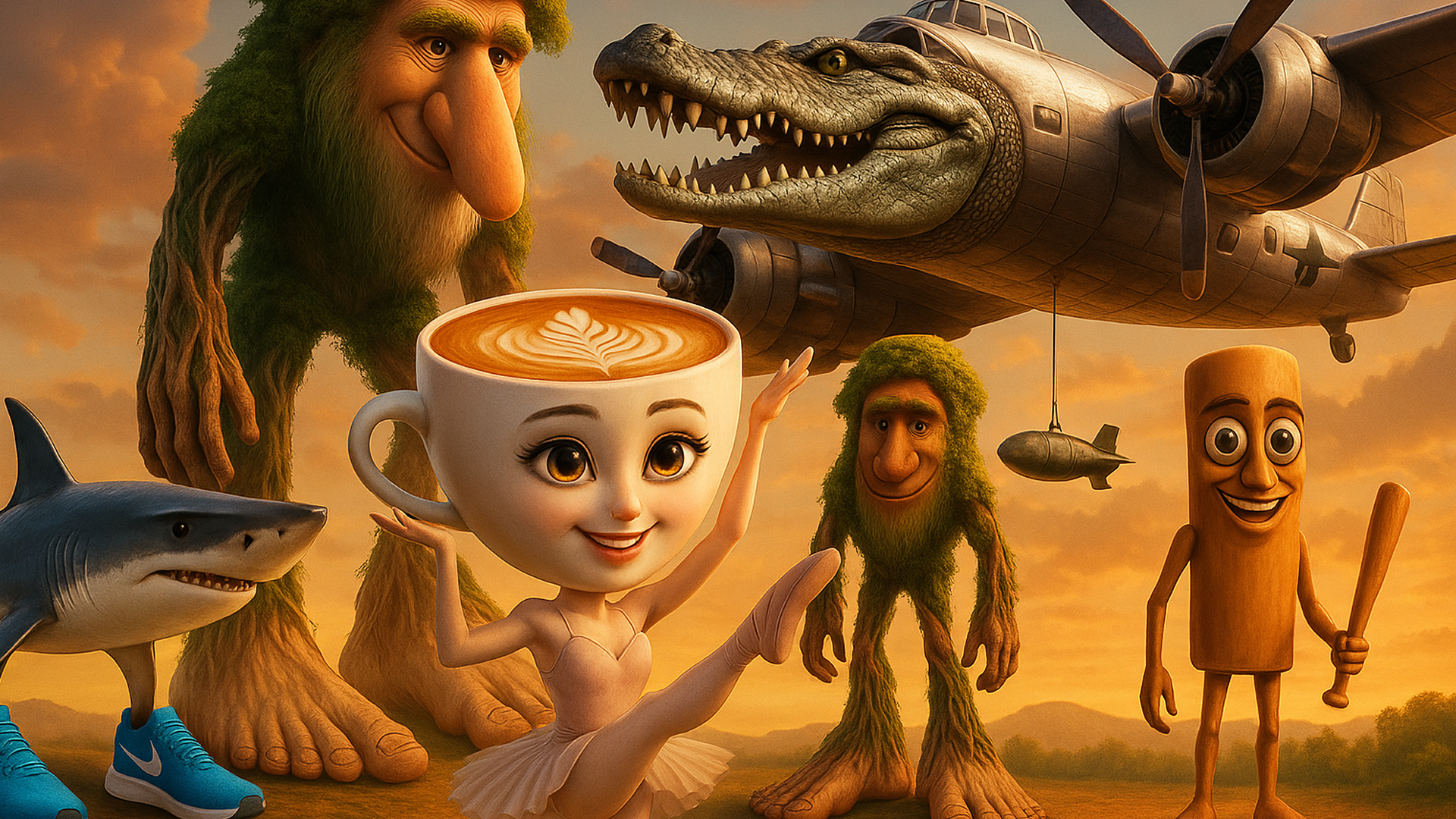
If you’ve scrolled through TikTok, YouTube or Instagram lately and found yourself whispering “Tralalero Tralala” under your breath while staring at a hybrid crocodile-bomber in disbelief, you’re not alone.
"WTF Is This?" To "I Can’t Stop Watching"
A surreal wave of AI-generated memes has taken over social media. What began as a throwaway joke quickly exploded into the viral phenomenon known as Italian Brainrot - Animals fused with machines, fruits, or everyday objects that perform strange actions while a deep male voice utters pseudo-Italian gibberish.
At first glance, these clips seem like algorithmic nonsense. You may laugh, cringe, or squint in confusion. But the sheer oddity of it all has a strange magnetism.
Give it a week, and you’ll may be humming along, quoting lines while casually trying to identify furry Frankensteinian creations.
Mods, Merch, And A Global Fandom
What started as random clips has evolved into an interactive fandom. People are now creating mods and minigames, integrating the creatures into games like GTA V and even standalone apps. You can even buy posters of Ballerina Cappuccina or find makeup tutorials to recreate the look of Slim the Frog.
There are spin-off stories, character arcs (like the feud between Espressona Signorina and her jealous sister), and even fan-run encyclopedias.
Some users have gone as far as dressing inspired by these AI freakazoids - and yes, there are Italian Brainrot plushies now.
Although it’s dubbed “Italian Brainrot” because of its soundscape, the genre has branched out globally. Among others, there’s now “Indonesian Brainrot” and “German Brainrot,”
Creators from Spain, Portugal, Brazil, and the Arab world have added their linguistic flair, making this one of the most bizarrely inclusive meme movements ever.
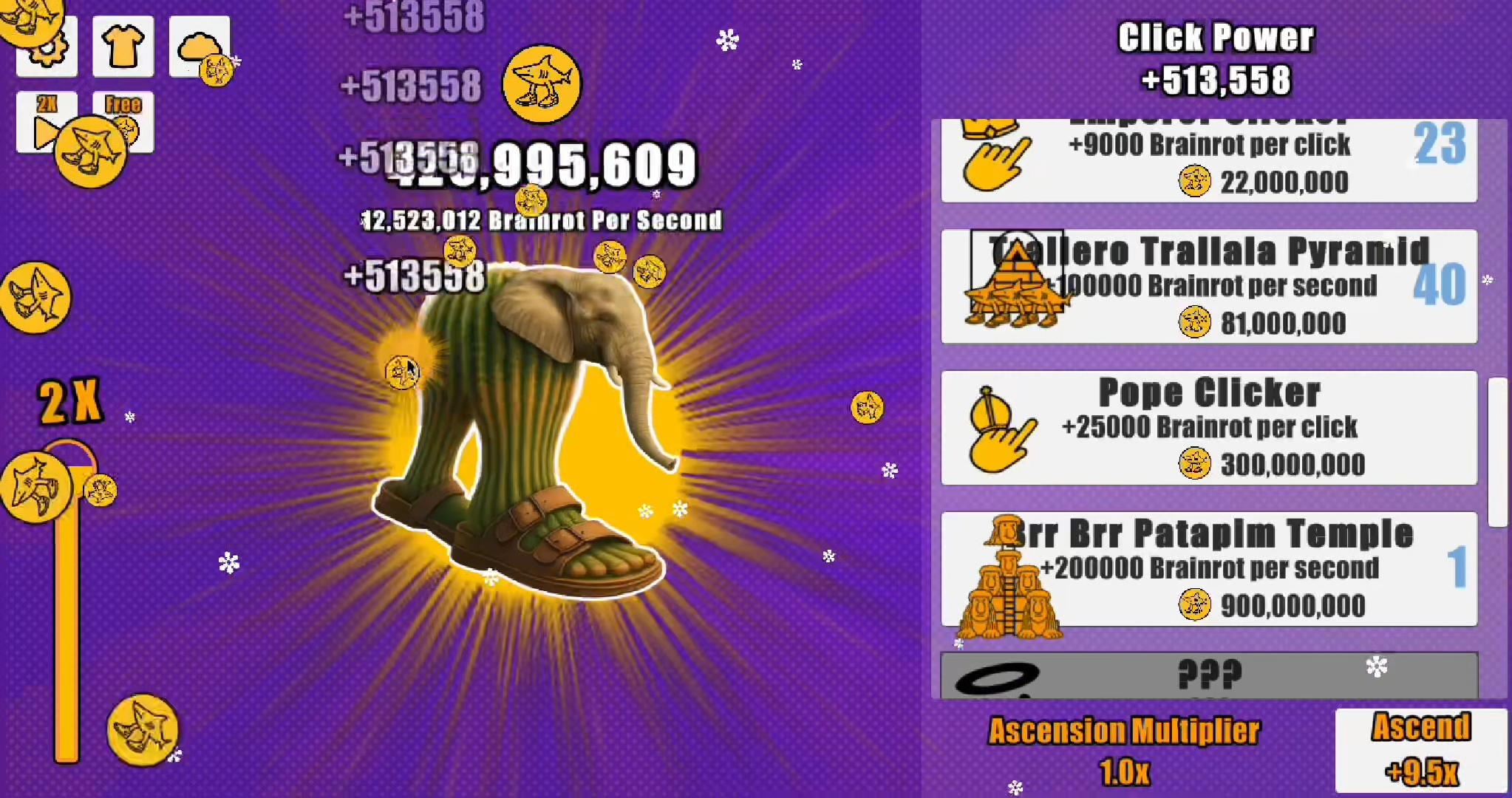
Once Upon A Meme: How It All Began
The phenomenon began in January 2025 with a video by now-banned TikTok user @eZburger401, featuring a Nike-wearing shark and the line: "Tralalero Tralala, Goddamn God and goddamn Allah, I was with my damn kid, shit, playing Fortnite, when at one point my grandma comes in."
Shortly after, TikToker @amoamimandy.1a launched a refined version that took the meme mainstream—racking up over 17 million plays in just three months. From there, it was out of everyone’s control.
Meet The Brainrot Characters And Their Origins

- Tralalero Tralala
Widely considered the origin of the Italian Brainrot trend, this meme features a Nike-wearing shark and a chaotic phrase that begins with “Tralalero Tralala, porco dio e porco Allah.” The original video included other bizarre, AI-generated creatures like a cat’s face fused to a chicken's body. Initially posted by the now-banned user @eZburger401 in early January 2025, the meme’s full text includes an absurd rant referencing Fortnite and a grandmother’s interruption.

- Bombardiro Crocodilo
A bomber-crocodile hybrid and one of the most recognizable figures in the Italian Brainrot canon. The character is often paired with similarly named companions like Bombombini Gusini, humorously referred to as his brother. Originating as a series of AI-generated image posts, the text of Bombardiroi is darker than many know. It references bombings in Gaza and Palestine. This particular origin sparked controversy online, with many condemning its insensitivity. Despite the backlash, the character was absorbed into the broader Brainrot universe where its context was often stripped and reinterpreted as absurdist humor detached from its origins.
The meme ends with the line “If you translated all of these words, you are a dog.” Well, consider us called out.

- Brr Brr Patapim
A forest-monkey hybrid with oversized feet, moss-covered fur, and a long curling tail, Brr Brr Patapim is often depicted wandering through misty, dreamlike forests. He first appeared in a TikTok video styled as a children's rhyme, chronicling his encounters with other bizarre figures like Slim, a melodramatic blue frog who speaks in haikus, and Tiramisù, a dessert-wielding forest wizard in a chocolate-dusted cloak. The tale featured rhythmic narration and whimsical imagery, giving it a fairy-tale quality.
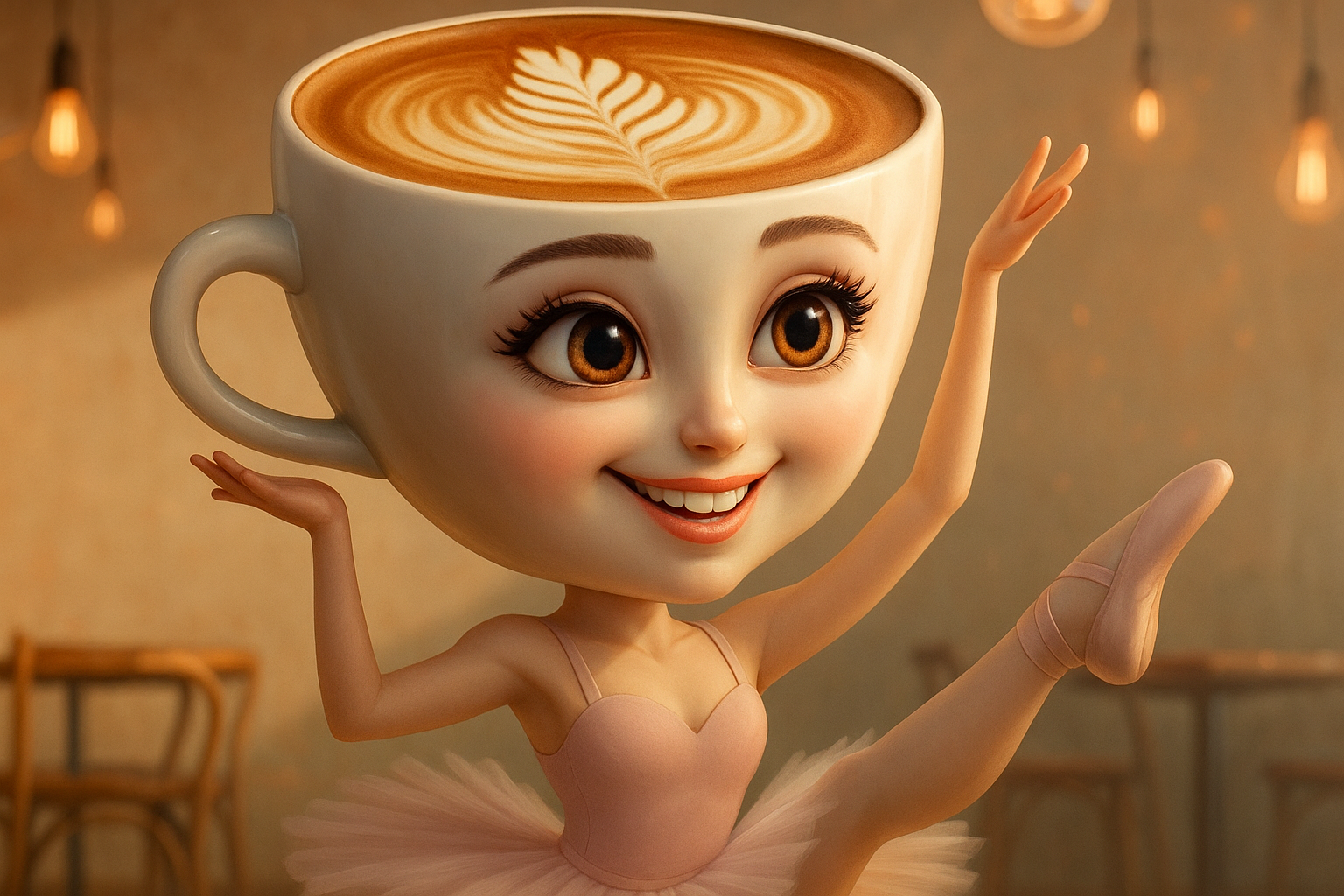
- Ballerina Cappuccina
Emerged as a playful response to the surge of AI-generated memes within the Italian Brainrot phenomenon. Created by TikTok user @aironic.fu, this character features a ballerina with a cappuccino cup for a head, gracefully pirouetting in traditional ballet attire.

- Tung Tung Tung Sahur
Originally created by TikTok user @noxaasht in February 2025, this character is an anthropomorphic wooden figure resembling an Indian club or mace, often depicted wielding a baseball bat. The name references the rhythmic drumbeats signaling the pre-dawn meal of Sahur during Ramadan - a crucial cultural ritual in many Muslim communities. Although technically an Indonesian meme, Tung Tung Tung Sahur became part of the Italian Brainrot category due to the phonetic similarity with the other memes.
Why The Format Works (Hint – It’s The Structure Of The Meme Itself)
These memes work on both visual and auditory levels. Names are catchy and often alliterative.
The faux-Italian phrasing mimics melodic vowel-consonant transitions that feel like nursery rhymes. Many end in “-à”, “-im”, or “-ello,” contributing to a sing-song earworm effect.
Add a robotic TTS voice and you get something that feels alien, yet oddly familiar.
The Cultural Appeal Of The Meme
Italian Brainrot memes have struck a chord because they align perfectly with the humor and digital habits of today’s younger generations.
Their fragmented visuals and nonsensical phrases echo the way people scroll through endless streams of content.
At their core, these memes embrace abstract, post-ironic humor that values absurdity and nonsense over traditional punchlines. This style resonates strongly with Gen Z and Gen Alpha, who prefer content that defies expectations and embraces chaos.
At the same time, Italian Brainrot serves as a clever satire of the overwhelming flood of AI-generated content that floods social media daily. By exaggerating and parodying this AI overload, the memes connect with digitally savvy audiences who recognize the joke behind the absurdity.
Because tools like DALL-E and ElevenLabs are free and easy to use, anyone can generate their own characters and therefore participate in the trend.
Finally, beyond humor, sharing and quoting these memes has become a vital social ritual and marker of belonging. They offer a low-effort way to bond, communicate, and show cultural fluency, especially valuable in a world where friends are often distant or busy.
Why People Keep Coming Back: The Psychology Behind Brainrot
Brainrot isn’t just a meme format – it's both a product of and a reaction to the overwhelming, often senseless world that younger generations are inheriting.
In an era where school, work, and social pressure have become mentally exhausting, young people turn to this kind of humor to “turn off their brain” for a moment.
The randomness provides a mental palate cleanser. While previous generations may have de-stressed with sports or walks, today’s youth may use the relief of content where they "don't have to think" as a quick, low-effort laugh and an escape from the pressure to always be productive.
Conclusion
Italian Brainrot proves that the weirdest, wildest content can bring people together like nothing else. But what’s next for this growing digital craze?
We want to know—what’s the weirdest meme that’s ever taken over your mind? Share your favorites!
